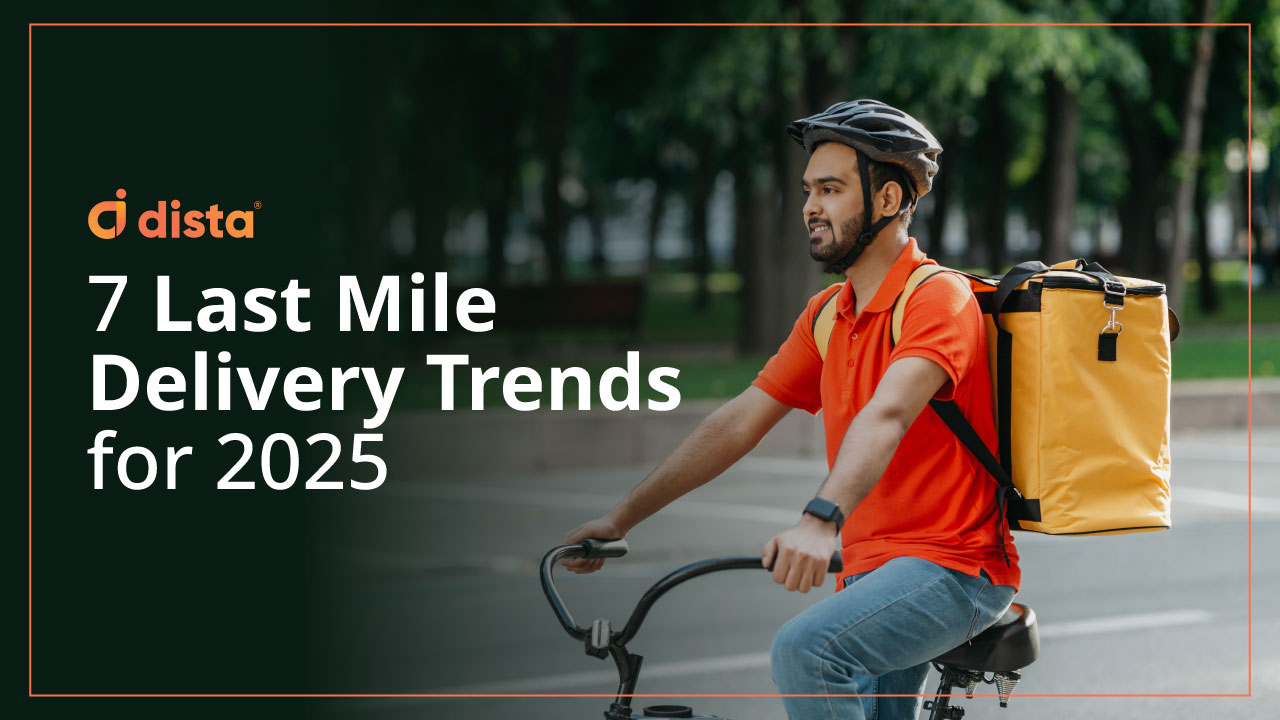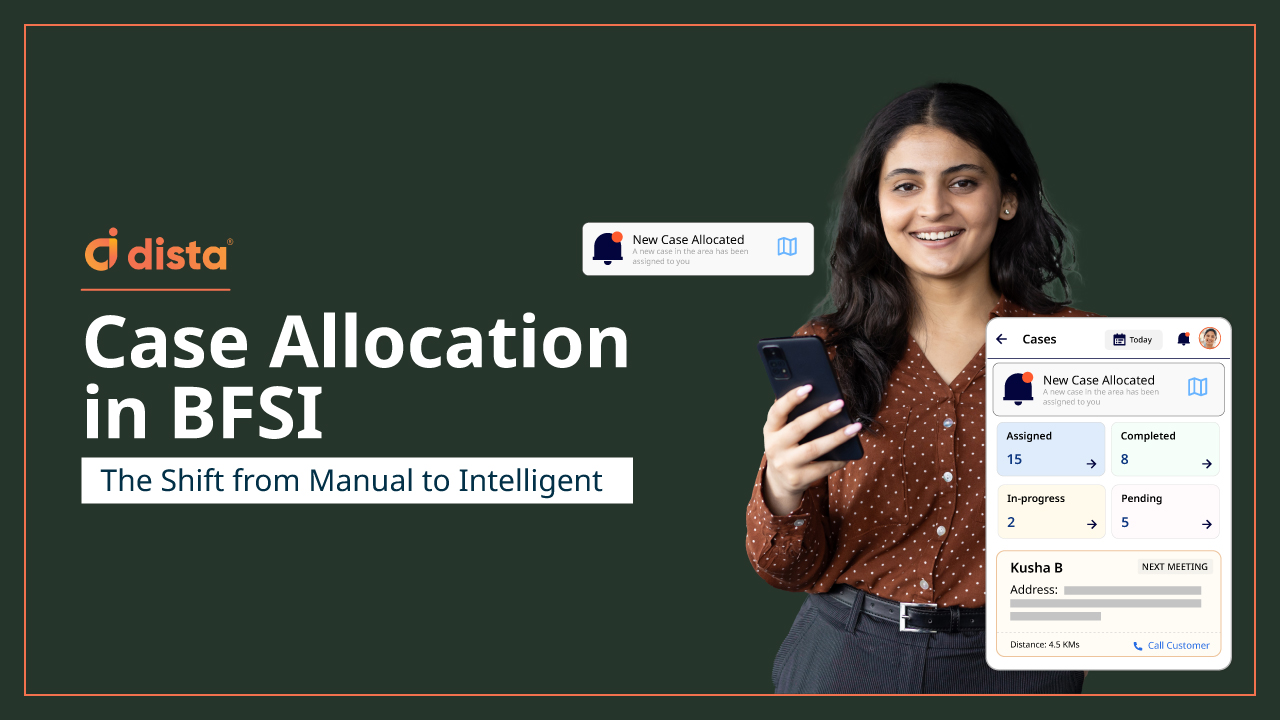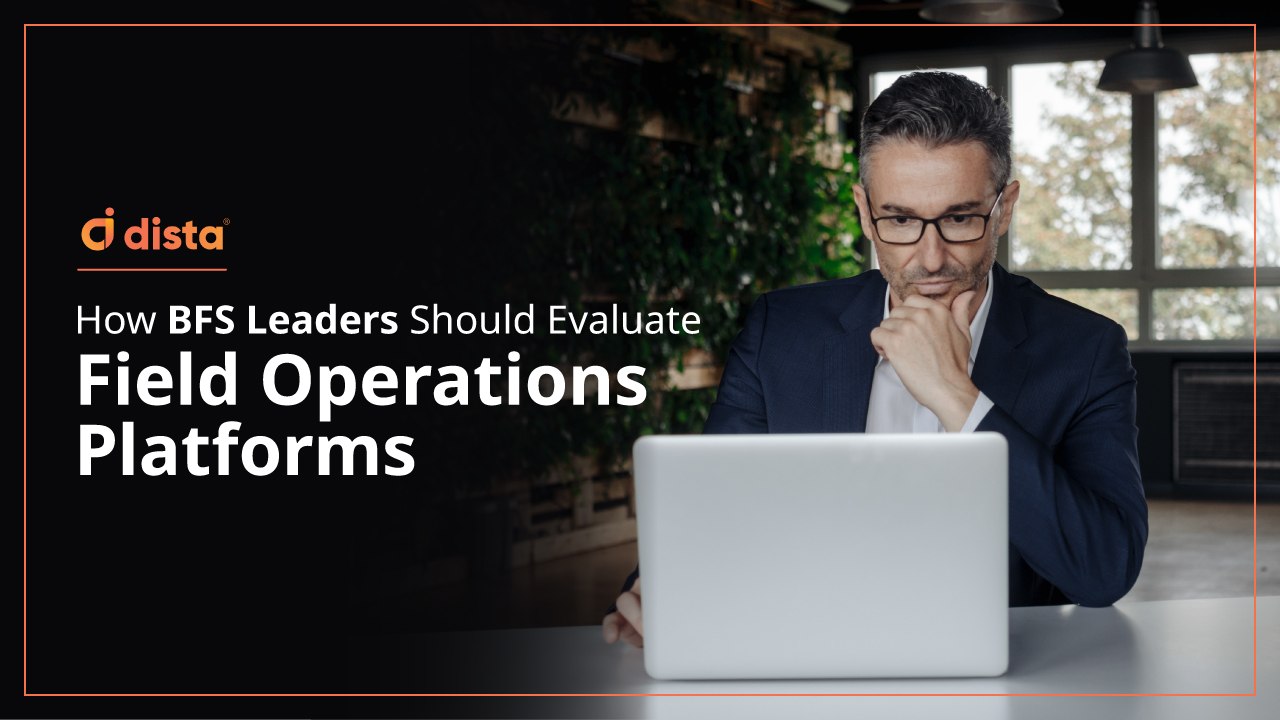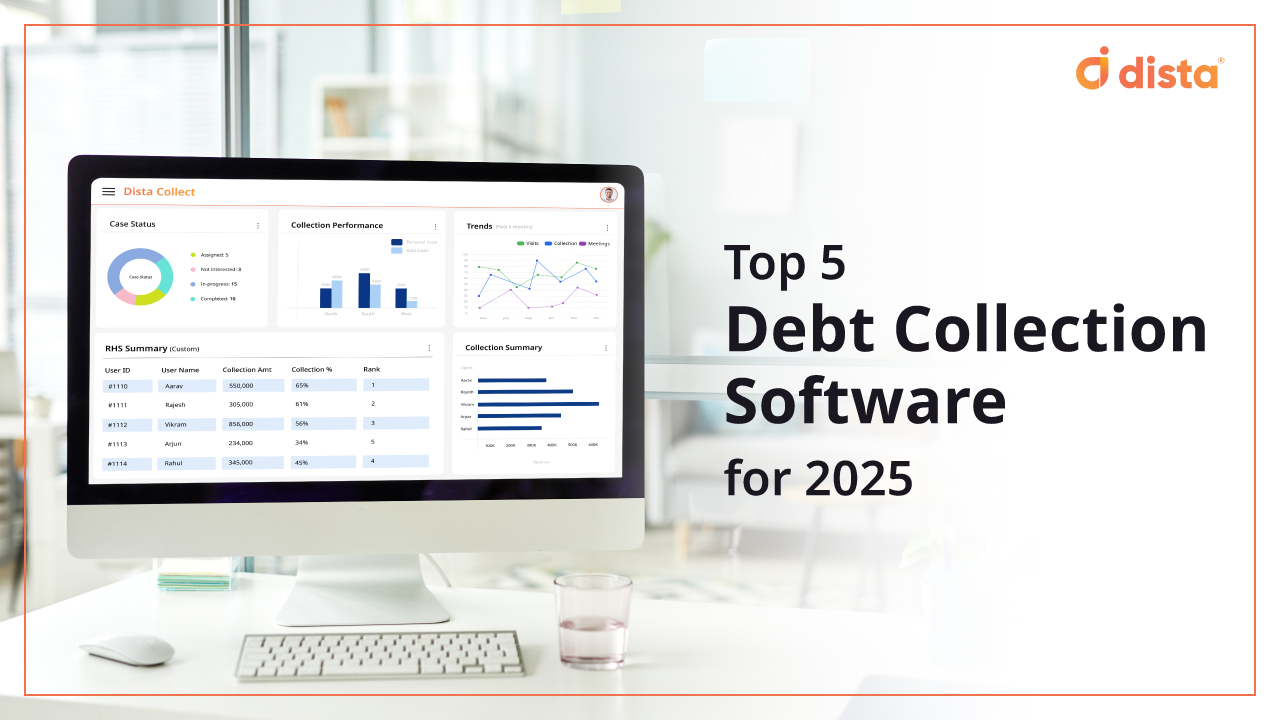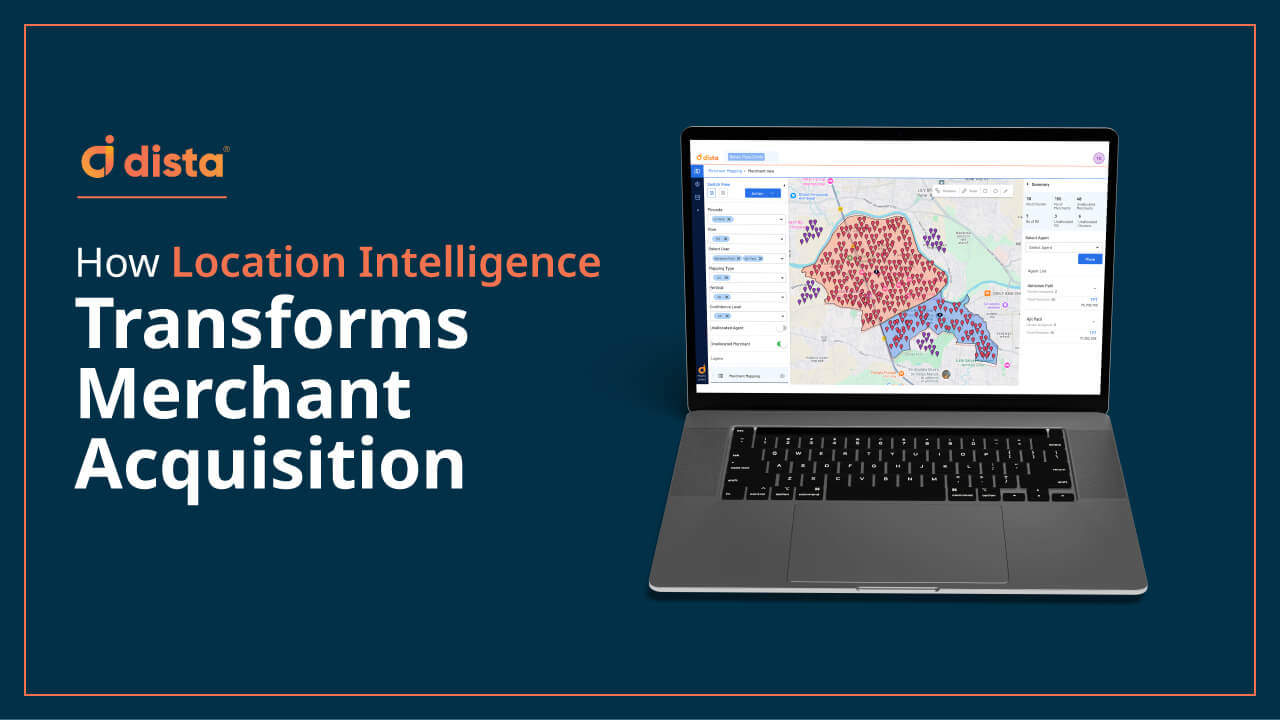According to a survey by Honeywell, 84% of customers stated that they would not return to a business after an unfavorable delivery experience. Businesses that fail to optimize this final leg of the supply chain risk customer dissatisfaction and lost revenue.
With last-mile delivery logistics accounting for nearly 53% of total shipping costs, companies prioritize efficiency, cost reduction, and customer-centricity. By 2025, supply chain leaders are expected to invest heavily in AI-driven applications and advanced analytics to streamline operations, enhance visibility, and meet evolving consumer demands.
In this blog, we will round up a few key trends that are expected to shape the last mile delivery landscape in 2025.
Key Last-Mile Delivery Trends for 2025
1. Rapid Generative AI Adoption
Businesses that handle massive logistics are expected to see a surge in Generative AI adoption to improve deliveries and optimize resources. According to a McKinsey report, 55% of business professionals confirmed their companies have already integrated AI technologies to streamline their operations.
Businesses can leverage generative AI to forecast and predict consumer demand and supply chain disruptions. The technology helps predict the likelihood of successful deliveries and analyzes reasons behind unfulfilled deliveries.
GenAI provides comprehensive logistics solutions to streamline complex operations, including inventory management, delivery routing, and resource allocation. It also assists in creating extensive expense, delivery, and logistics operations reports.
2. Location Intelligence-based Tracking
Retailers and logistic companies are embracing technologies like location intelligence to enhance operations. An efficient delivery management software tracks and provides live ETAs for logistics and shipping to improve last-mile delivery efficiency. It enhances transparency for delivery operations with active vehicle tracking and order tracking while providing real-time task updates.
A comprehensive delivery management software’s key features include real-time tracking, route optimization, and map-based visibility. These features ultimately aid in streamlining deliveries and fleet management operations.
3. Predictive Logistics
Retailers can assess the demand surge for specific products to optimize their last-mile delivery using data analytics from AI/ML-based systems. Predictive logistics provides forecasts by analyzing historical data, real-time updates, and location intelligence to predict customer demand, calculate delivery times, and assess potential supply chain disruptions.
Predictive models enable accurate demand forecasting and strategic inventory placement within distribution centers. Businesses can minimize delivery times and lower logistical costs by positioning products closer to end users.
4. Quick Commerce
As E-commerce giants compete with each other for ‘faster deliveries,’ the focus on logistics services has grown exponentially. E-commerce companies aim to achieve faster delivery SLAs with a network of highly optimized supply chains of micro fulfillment centers and dark stores-enabling rapid order processing and dispatch.
Even CPG and food and beverage companies enable hyperlocal deliveries with a quick turnaround time of just 30 minutes for essential products. This is made possible through the power of location intelligence.
Using geospatial data, companies can analyze demand hotspots, optimize warehouse locations, and streamline rider dispatching for faster deliveries. AI-powered route optimization reduces traffic delays, while predictive analytics helps pre-position inventory in micro-fulfillment centers closer to customers. As e-commerce giants double down on last-mile logistics, LI-driven supply chain strategies are expected to become a game-changer in 2025.
5. Sustainable Deliveries
Propelled by growing awareness on the consumer side and the availability of advanced optimization technologies, last-mile logistics is undergoing a significant transformation. Dynamic routing, real-time tracking, and ‘last meter’ intelligence minimize emissions by ensuring first-attempt deliveries, reducing failed drop-offs, and aligning deliveries with consumer preferences for convenient pick up and return options.
Additionally, enterprises can further streamline the process and lower operational costs using delivery management software.
Moreover, cargo bikes and electric vehicles (EVs) are emerging as viable, eco-friendly alternatives to traditional delivery methods. When combined with AI-powered route optimization, the result is reduced delivery times, enhanced productivity, and a reduction in the carbon footprint.
6. Contactless Delivery
According to a Salesforce survey, close to 40% of U.S. consumers prefer contactless delivery due to safety concerns. Delivery executives are exploring different ways to maintain safety and continue to offer a good customer experience.
Last-mile delivery firms have embraced automated delivery processes via digital solutions like Electronic Proof of Delivery software (e-POD) and digital payments to minimize physical contact. Most businesses are expected to continue focusing on contactless delivery to ensure complete safety for delivery agents and customers.
7. Omnichannel Retailing
Omnichannel retailing isn’t just a trend—it’s the future of commerce. According to a report by bettercommerce.io, 73% of shoppers report using multiple channels before making a purchase, and 90% expect seamless interactions across online and offline platforms.
In 2025, supply chain organizations will experience a surge in omnichannel adoption propelled by increased digital sales and the growing demand for flexible fulfillment options like BOPIS (Buy Online, Pick Up In-Store).
Consumers today start their shopping journey on mobile, compare desktop prices, and finalize purchases in-store—all while expecting real-time inventory updates and fast delivery. The key lies in creating a frictionless experience where customers can switch between channels without disruptions.
Final Thoughts
The landscape of last-mile delivery is expected to undergo significant transformation. These changes will likely force couriers, shippers, and 3PLs to stay abreast of emerging trends to ensure sustained success.
For instance, the demand for expedited shipping has intensified, with 78% of consumers prioritizing delivery within two days when making online purchases.
Discover how Dista Deliver, our AI-powered delivery management software can ensure timely and cost-effective last-mile deliveries that meet customer expectations.
Get in touch with us for a free demo.

